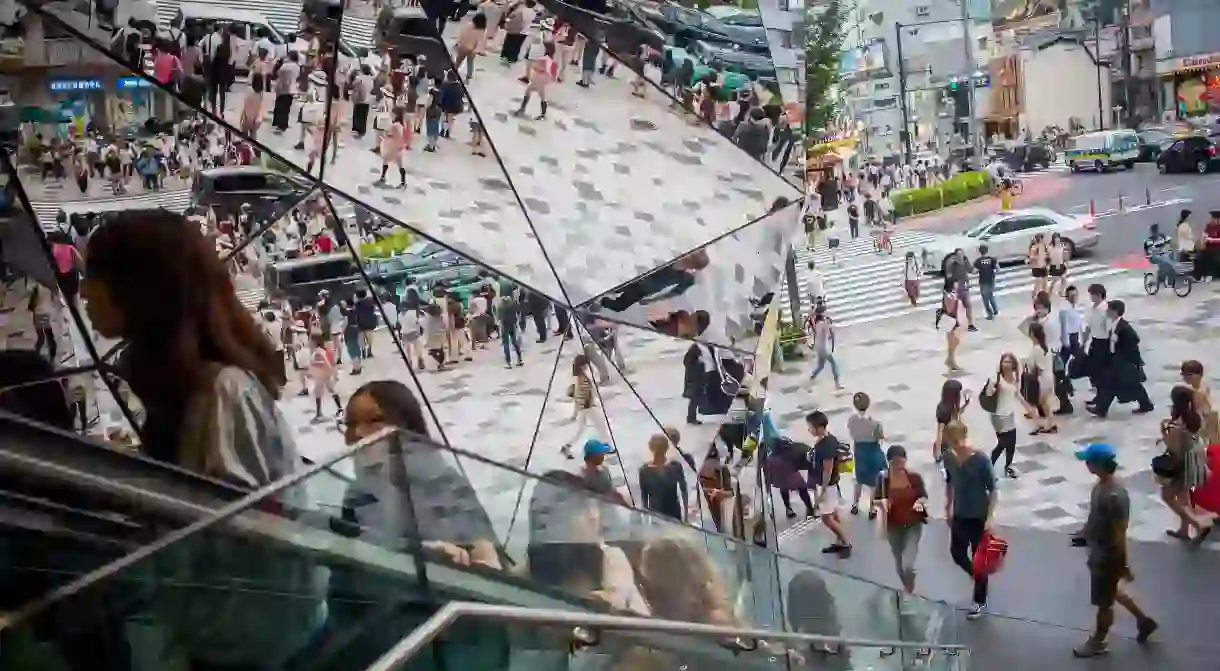Top Things To Do in Harajuku, Tokyo

Famous for its street fashion, Harajuku is a bustling hub of fascinating subcultures. Explore the beauty of this colourful community with our guide to the top things to do in Harajuku.
After being largely demolished during the devastating Great Tokyo Air Raid in 1945, Harajuku bounced back and has become one of the most mythologised locations in all of Japan. Located in the district of Shibuya, long considered the heart of Tokyo, the radiant neighbourhood has become a popular tourist attraction with visitors from around the world.
Getting to and around Harajuku

Sitting between Yoyogi Park, Meiji-Jingumae Shrine and Takeshita Street is Harajuku JR station, which is serviced by the Yamanote line. The line, which is the city circle loop line, stops at most of the city’s major hubs, making it relatively easy to get to Harajuku. If you’re going via Metro, catch the Chiyoda line to Omotesando. A slightly more high-end pocket of Shibuya that backs onto Harajuku, Omotesando Boulevard is a stunning city walk worth wandering through on your way to the outlandish Harajuku.
Harajuku’s hip-hop scene
Manhattan Records, Shibuya-ku
Store

BIG LOVE
Shop, Store
Harajuku’s food scene
Along the more tourist-heavy pathways sits an uncountable number of crepe stands ready to whip you up a made-to-order cream- and fruit-filled snack. Sweet and popping with pastel cream, strawberries and sprinkles, the popular dessert is a must when visiting Takeshita Street.
Ichiran Shibuya, Jinnan
Restaurant, Ramen

Ramen lovers will be pretty familiar with the name Ichiran. This popular Japanese chain has a constant string of eager customers awaiting their tailor-made ramen feast. From spice level to noodle density, here you can curate your own specific dish by checking the ordering sheet’s requests. Each chair at the restaurant is separated by its own flavour booth to ensure each customer pays full attention to their dish. Try it out yourself and see what the hype is all about.
Shop for Harajuku-inspired items

Harajuku is streetwear central, and scattered just beyond the tourist hub of Takeshita Street is a collection of some of the best sneaker stores in the world. Regardless of your preference, you are more likely to find a pair or two that fits your personality here. Billy’s, ATMOS and Kicks Lab are popular brands with multiple locations in Harajuku alone.
BAPE Store Harajuku
Store
Harajuku is also the unofficial home of mega-streetwear names BAPE and Supreme. Founded by Japanese fashion designer, DJ and producer Nigo in 1993, BAPE has grown to become a well-known brand with stores in New York City, Paris and London.
Supreme, Shibuya
Store
American skateboarding brand Supreme is highly popular in the country, with more stores in Japan than anywhere else in the world. Established in 1994, the most impressive Supreme store in the world, complete with endless items, can be found in Harajuku.
Marvel at the Meiji Shrine
Meiji Shrine, Tokyo
Shinto Shrine

Watch performers at iconic Yoyogi Park

Yoyogi Park
Park, Shrine

This article is an updated version of a story created by Lucy Dayman.













